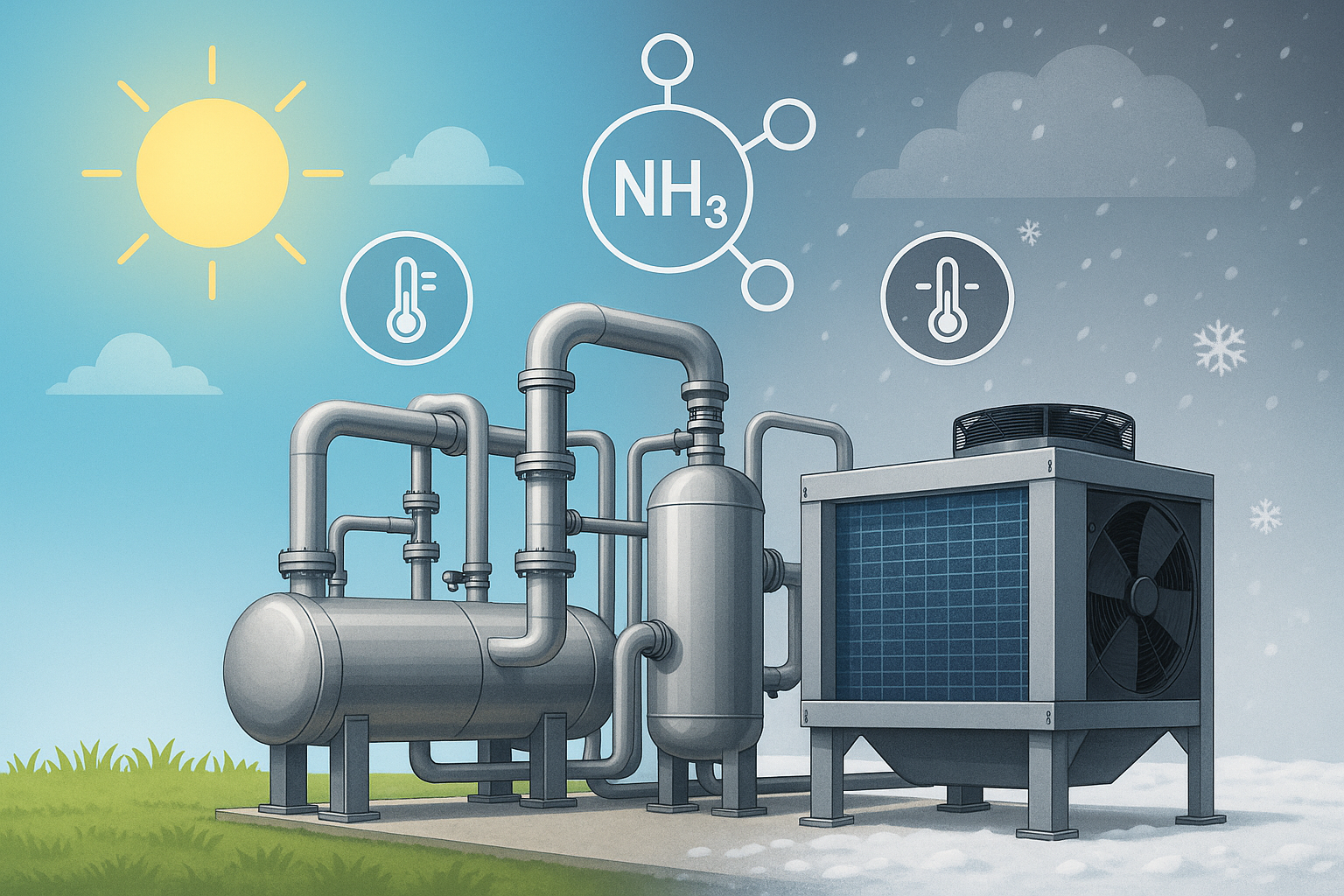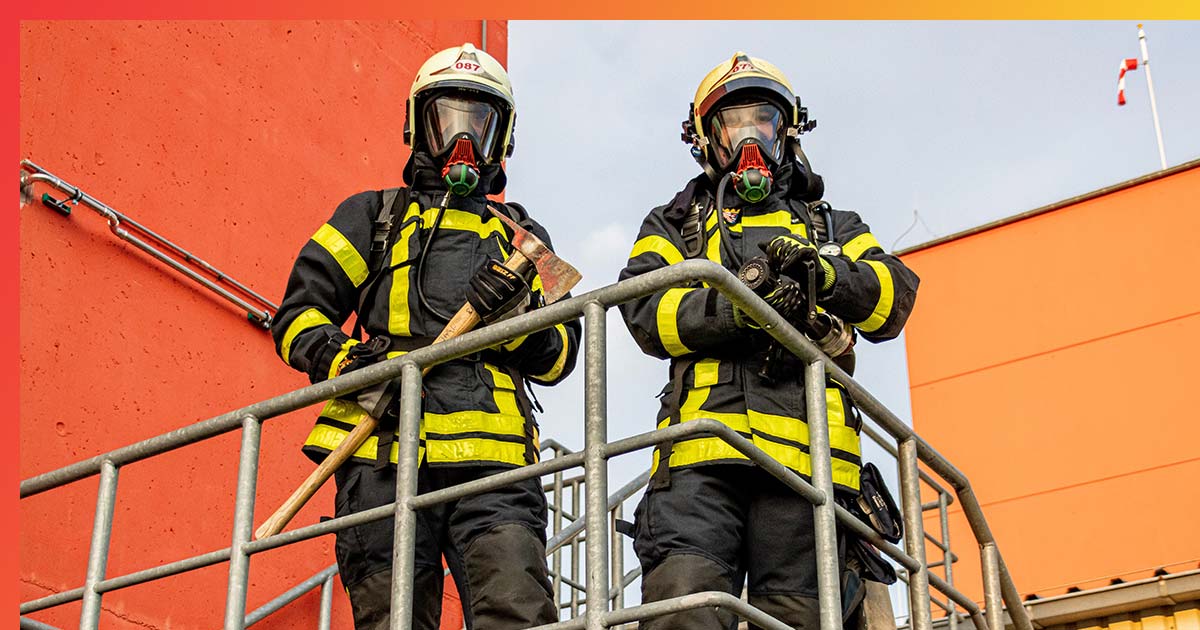Another spring has sprung, and with it the weather is changing very rapidly. One day it is golf weather and the next you are shoveling snow. It seems every year at this time, folks are saying we have lost our ammonia charge and need to order some quickly. A sense of urgency and panic ensues.
However, let’s take a look at the process we are managing. There are only two places that should vary in the vast equipment of our refrigeration system. We have many vessels in our system, and each vessel has a level indicator. The level should remain constant based on the controls and should be monitored daily on our round sheets to identify any upsets in the levels normally maintained. Production equipment changes will make a difference in the accumulator or recirculator until the defrost or pump out is over (spiral freezer). But these vessels should, if operating correctly, level out.
A Key Indicator in Monitoring Ammonia Gas Charge
This leads us to the only two places that will vary levels. One area you can monitor is the receiver, or it is sometimes called the control pressure receiver. It usually has a level of about 20% to 50% or 2, 3 or more sight glasses depending on how the system is normally operated at your facility. It gauges how well the condenser is operating.
The other piece of equipment that varies in level is the condenser. This equipment takes hot ammonia vapor and condenses it down to a liquid. The liquid could be a magnitude of many times smaller than the vapor coming into the condenser. So, there is ample room for the ammonia to either form a liquid or stay a vapor depending on how well the equipment is operating.

How Spring Weather Can Skew Perception of Ammonia Levels in the System
As we approach springtime weather, the possibility of a 20 0 F drop in temperature or a cold rain or snow could cause the condenser to hold ammonia or to condense the vapor quickly. This drop could create a shortage or appearance of a shortage of ammonia in the system. Nighttime usually has much colder conditions in the spring as well and will stack or hold the liquid. As the temperatures begin to transition to above freezing, we turn the water supply back on to the condensers and increase the fan numbers. In some locations a tarp is added to winterize the condenser, and it may have been removed prematurely.
Once the water is in operation, we tend to not worry about high pressures because the condensers are running well especially with the colder temperatures. Also, with the water back on, the effective cooling rate increases. So even with all the fans off when there is a large swing in ambient temperature, the condenser will operate with too much efficiency and stack liquid.
If the receiver is out of liquid and not keeping the other vessels at the proper levels, then reducing the condenser efficiency is a must. Cutting off the water and reducing the number of fans operating should be a method for evaluating the process. If this is the method to be explored, then there are two things to evaluate: the discharge pressure of the compressors and the level in the receiver. Small changes should be made to monitor the effect on the level of the receiver and the discharge of the compressor. It would be wise to establish boundaries for actions to take place.
The goal is to raise the discharge pressure 10 to 20 psig depending on the size of the system by reducing the efficiency of the condensers. It will take some time for the process to equalize. A temporary operation should be completed and discussed with the team managing the system. Ensure all shifts have an idea of what is needed to make any adjustments or actions to take to maintain the process during this evaluation. After a few hours, see if there is any effect on the level of the receiver. If you see the condenser has been stacking liquid, then a plan should be added to modify the controls of the system to prevent losing the ammonia in the condensers.How Spring Weather Can Skew Perception of Ammonia Levels in the System
Each spring with the unstable weather conditions, ammonia levels tend to vary and unease sets in. Facilities begin to panic and order more ammonia. However, it is better to evaluate the process if possible before suddenly adding to ensure the ammonia is not just hiding. If possible, wait until the average daytime temperatures move to the high 80s or low 90s, then review the need for added ammonia based on how the levels in the receiver are maintained day to day. Often no additional ammonia is needed. Either method will also yield a better idea of how much is needed if any. This will allow for a more informed and accurate decision of whether to charge or not to charge the system.
About Us

Industrial Consultants, LLC is celebrating its third decade of service providing the training needs for companies like yours. Companies that must comply with health and safety regulations enacted by the Occupational Safety and Health Administration and the Environmental Protection Agency.
Recent Posts



